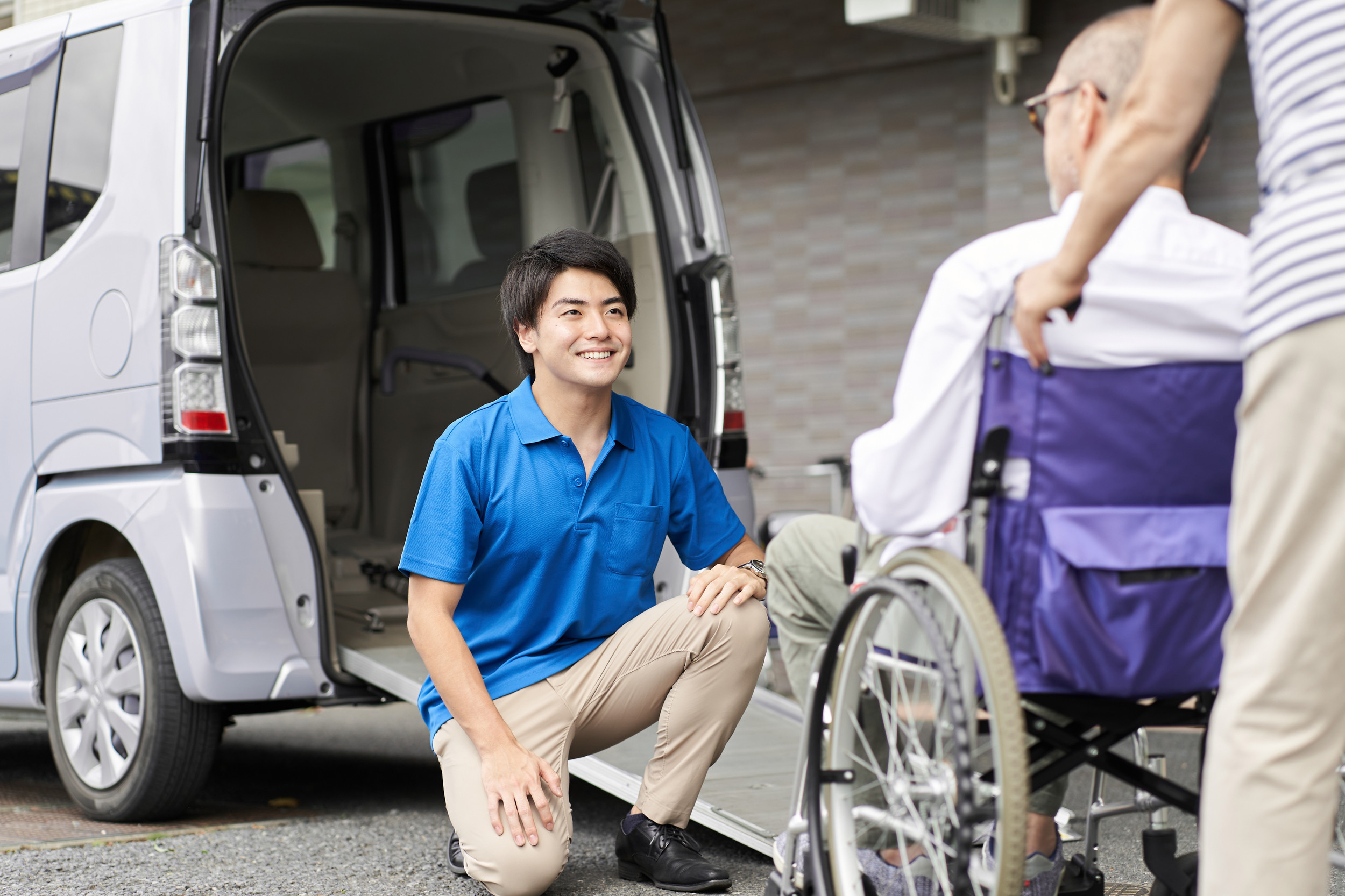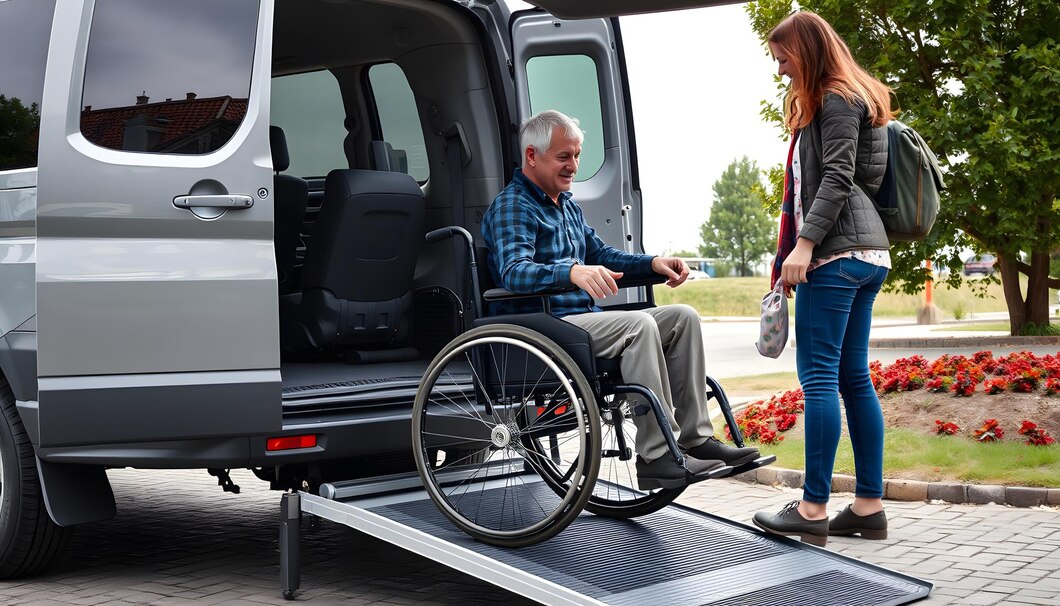Traveling can be a fun and exciting experience for seniors and people with disabilities. However, it can also be challenging. To make your journey safe and enjoyable, here are some important tips to follow.
Preparing for the Journey: What to Plan Before You Travel
Before you travel, it is essential to plan ahead. Start by gathering important documents. Make sure you have your ID, tickets, and any necessary medical papers. If you take medication, pack enough for the entire trip. It’s also a good idea to bring a list of your medications and dosages. If you need help, ask a family member or friend to assist you with the planning.
Choosing the Right Transportation: Accessibility and Comfort
When choosing how to travel, look for options that fit your needs. If you use a wheelchair, check if the transportation has ramps and space for your chair. Buses, trains, and taxis can be great choices, but not all are accessible. Research your options ahead of time. This way, you will feel more comfortable and secure during your trip.
Packing Essentials for Safety and Comfort
Packing is important for a safe trip. Bring items that will make your journey easier. Here are some essentials to consider:
- Mobility aids: If you use a wheelchair, cane, or walker, don’t forget them.
- Personal care items: Pack toiletries like soap, toothbrush, and any hygiene products.
- Comfort items: Bring a travel pillow and blanket for long trips.
Ensuring Accessibility at Every Step of the Journey
Make sure your accommodations are suitable for your needs. When booking a hotel, ask about their accessibility features. Look for places with ramps, wide doorways, and accessible bathrooms. If you plan to visit attractions, check if they have accessible options, too.
Staying Safe During the Trip: Personal Safety Tips
Safety is very important while traveling. Here are some tips:
- Keep your belongings close: Hold onto your bags and keep them in sight.
- Be aware of your surroundings: Stay alert in busy places. If something feels off, trust your instincts.
- Travel in groups: Whenever possible, travel with a friend or family member.
Health and Wellness Tips for Long Journeys
Long journeys can be tiring. It’s essential to take care of your health. Here are some tips:
- Stay hydrated: Drink plenty of water during your trip.
- Take breaks: If you’re traveling by car or bus, stop often to stretch and walk around.
- Eat healthy snacks: Pack fruits, nuts, and granola bars for energy.
Emergency Preparedness: What to Do if Something Goes Wrong
Even with planning, emergencies can happen. It’s wise to have a plan. Keep emergency contact numbers handy. This includes family, friends, and local emergency services. If you lose something, report it to the staff right away. Always know where the nearest hospital or medical facility is located.
Using Mobility Aids Safely While Traveling
If you use mobility aids, here are some tips for using them safely:
- Check your equipment: Ensure your wheelchair or scooter is in good condition before traveling.
- Practice navigating: If you’re using a new type of aid, practice using it before your trip.
- Secure your aids: When getting on or off transportation, make sure your aid is secure and stable.
Staying Connected: Communication Tips for Easy Assistance
Staying in touch with loved ones is important while traveling. Keep your phone charged and have a portable charger. Share your travel plans with someone you trust. This way, they know where you are and can help if needed.
FAQs
1. What should I do if my wheelchair breaks during travel?
If your wheelchair breaks, contact the transport staff immediately. They may have tools to help fix it or provide a replacement. Always have a plan for emergencies.
2. How can I find accessible hotels?
You can find accessible hotels by using websites that specialize in travel for seniors and people with disabilities. Look for reviews that mention accessibility features.
3. Are there special transportation services for seniors?
Yes, many cities offer transportation services specifically for seniors. These services are often more accessible and cater to the needs of older adults.
4. What should I pack for a long trip?
For a long trip, pack mobility aids, personal care items, comfortable clothing, healthy snacks, and any medical supplies you may need.
5. How can I stay safe while traveling alone?
When traveling alone, stay aware of your surroundings, keep your belongings secure, and share your travel plans with someone you trust.
Additional Resources for Seniors and People with Disabilities
There are many resources available to help you travel safely. Look for travel assistance programs designed for seniors and people with disabilities. You can also use accessibility apps that provide information about transportation, hotels, and attractions. These tools can help make your journey smoother.
Conclusion
Traveling should be an enjoyable experience. By following these tips, seniors and people with disabilities can travel safely and confidently. With proper planning, awareness, and the right resources, you can create wonderful memories while exploring new places.
Comments are closed or not available on this post.




